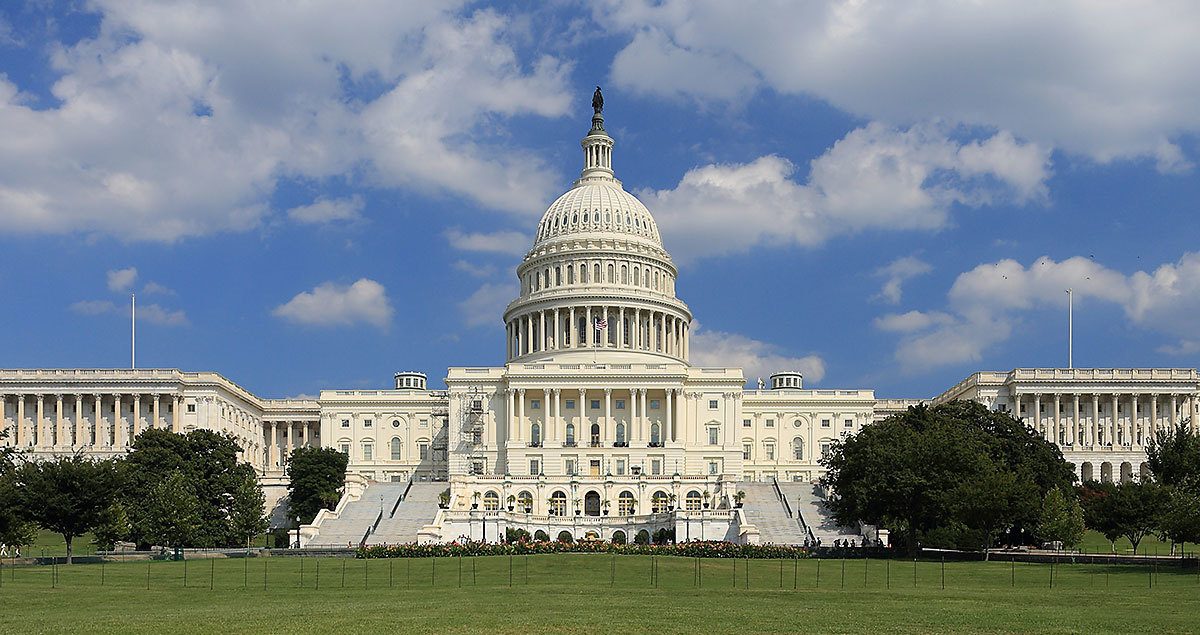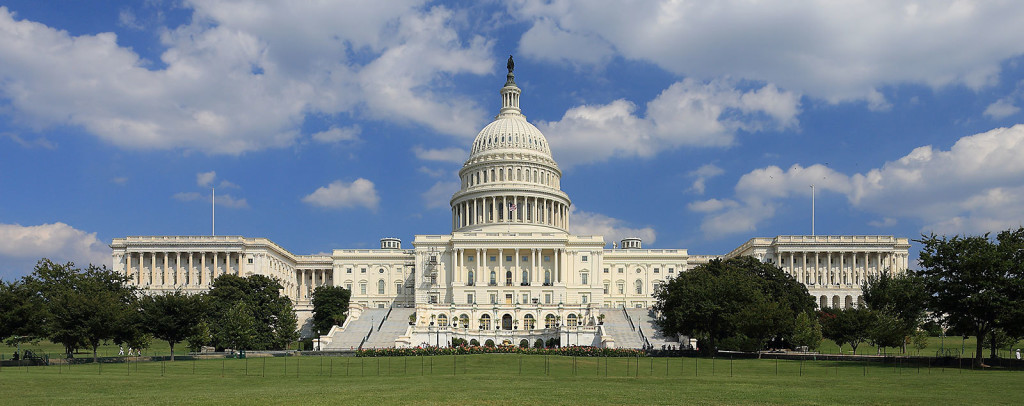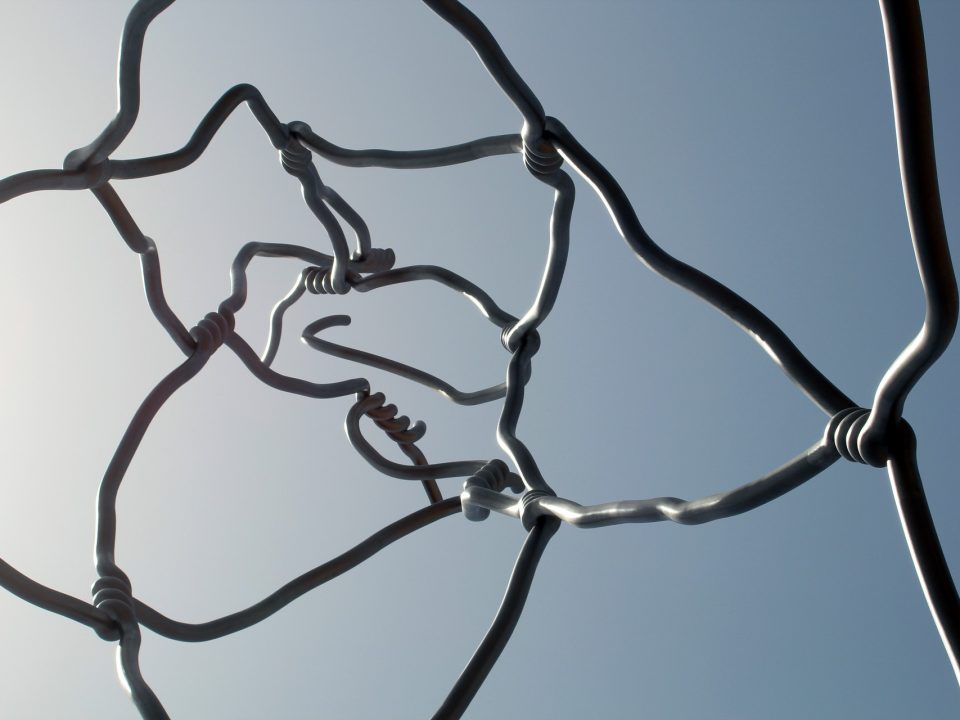When the Nation’s Capital Moved from Philadelphia to Washington

This past weekend marked a milestone for the United States: the 226th anniversary of the moving of the nation’s Capital from Philadelphia to Washington, D.C. Philadelphia lost the Capital for a number of reasons. There was a mutiny, an outbreak of yellow fever, and concerns from slave-owning states that a northern capital would be overly sympathetic to abolitionists. All these factors together, combined with the political machinations of Alexander Hamilton and Thomas Jefferson, resulted in the establishment of the District of Columbia and The City of Brotherly Love becoming just another prominent American city.

A series of interesting events led to the nation’s Capital moving from Philadelphia to Washington, D.C.
The story started in 1783 when Congress was ambushed by some rowdy soldiers from the American Revolution who hadn’t yet been paid for their service during the war. The Pennsylvania Mutiny of 1783 consisted of some 400 soldiers, some local and some from further away, blockading the doors of Congress and demanding their money. They also took control of some weapons storage areas. For their own safety, members of Congress absconded from the building and relocated to Princeton, New Jersey. It would turn out to be just the first of several new locations that Congress would choose over the next ten years, including Trenton, New Jersey; Annapolis, Maryland; and New York City.
Congress reconvened in 1783 to draw up what is the current Constitution, addressing the Philadelphia Mutiny. Article I, Section 8 of the new document authorized Congress to create a federal district “to “become the Seat of the Government of the United States, and to exercise like Authority over all Places purchased by the Consent of the Legislature of the State in which the Same shall be, for the Erection of Forts, Magazines, Arsenals, dock-Yards, and other needful buildings.”
Congress had two other areas in Pennsylvania in mind by 1789, but Alexander Hamilton had another idea: an undeveloped area that contained parts of Virginia and Maryland. With Thomas Jefferson’s agreement, the plan gained traction. The following Residence Act officially moved Congress to the newly-named Washington, D.C. However, Philadelphia lawmakers lobbied for ten extra years of Congress staying in Philadelphia. During the ensuing decade, Philly lobbied hard to keep the Capital there. It was fruitless, however (partially thanks to the aforementioned yellow fever outbreak), and Philadelphia ceased to officially be the nation’s capital on June 11, 1800.



